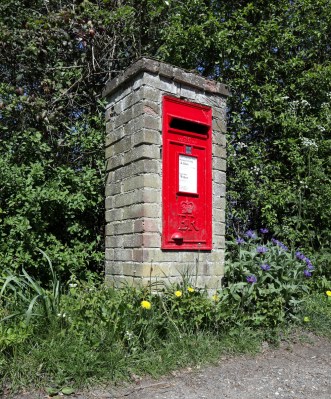In the surreal world of a pandemic lockdown, we are surrounded by news stories that defy satire. The idea that 5G cellular networks are to blame for the COVID-19 outbreak and a myriad other ills has the more paranoid corners of social media abuzz with concerned citizens leaping upon random pieces of street furniture as potential 5G infrastructure.
The unanimous advice of the world’s scientists, doctors, and engineers that it is inconceivable for a phone technology to cause a viral outbreak. Amusingly, 5G has not yet been rolled out to some of the places where this is happening. But with conspiracy theory, fact denial only serves to reinforce the idea, however misguided. Here at Hackaday we have already ventured into the technical and scientific side of the story, but there is another side to it that leaves the pandemic behind and reaches back over the decades. Fear of new technology and in particular radio is nothing new, it stretches back almost as long as the public has had access to it.
Where this is being written, in a quiet corner of rural Southern England, we don’t have a good mobile signal. In part this is due to an ineffectual roll-out of cell towers across the country going back decades, but in particular it is due to the residents of a neighbouring village who successfully campaigned against a proposed mast during the 3G deployment over a decade ago.
Browsing the archives it rapidly becomes obvious that we aren’t alone, with fears of everything from headaches to cancer clusters being blamed on cell towers worldwide since their arrival on the scene. But the archives also reveal a parallel set of stories from the 1920s, when it wasn’t the centimetre and millimetre wavelengths of mobile phone signals in play, but the much lower frequencies of AM radio.
Fear And Mistrust In The Age Of Marconi
There have been quasi-humorous compilations of seemingly-absurd small-town headlines on the subject, but it’s interesting to note that this was not restricted to superstitious peasants, instead reaching to the top of some societies. In a distant precursor to some of today’s pronouncements from on high, in 1926 the French statesman Paul Painlevé, then Minister for War, blamed a spell of unusually wet and stormy weather on radio transmissions. This was quickly debunked by meteorologists, who instead fingered sunspot activity as a more likely culprit.
As if to prove that we are a set of actors performing the same character roles separated by a century, it was not difficult to find a 1920s technical journalist willing to go into battle just as we have on 5G. Hugo Gernsback was editor of Science and Invention, and in October 1924 he felt it necessary to pen a lengthy editorial debunking the idea (PDF, turn to page 13). Some …read more
Source:: Hackaday

